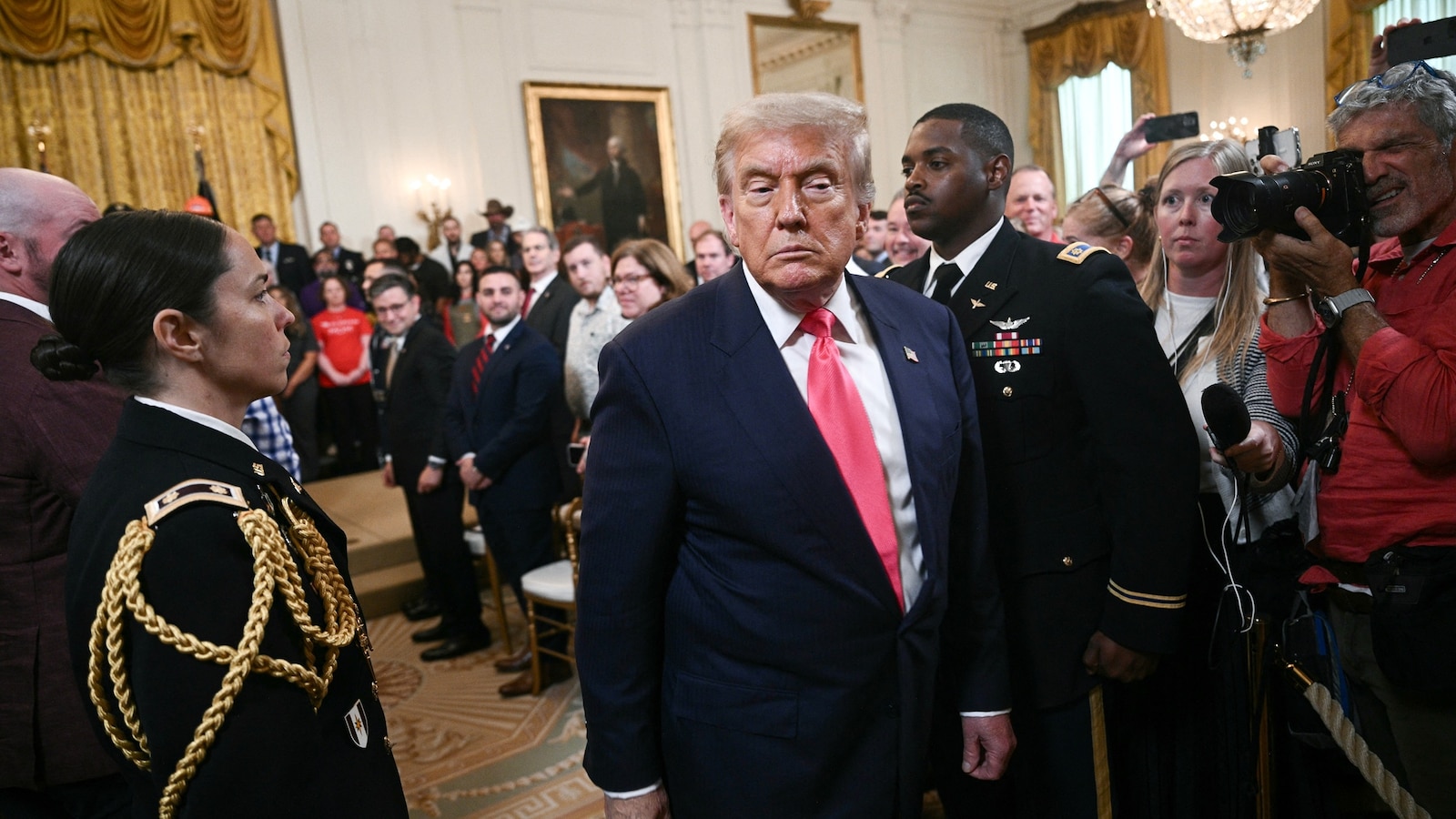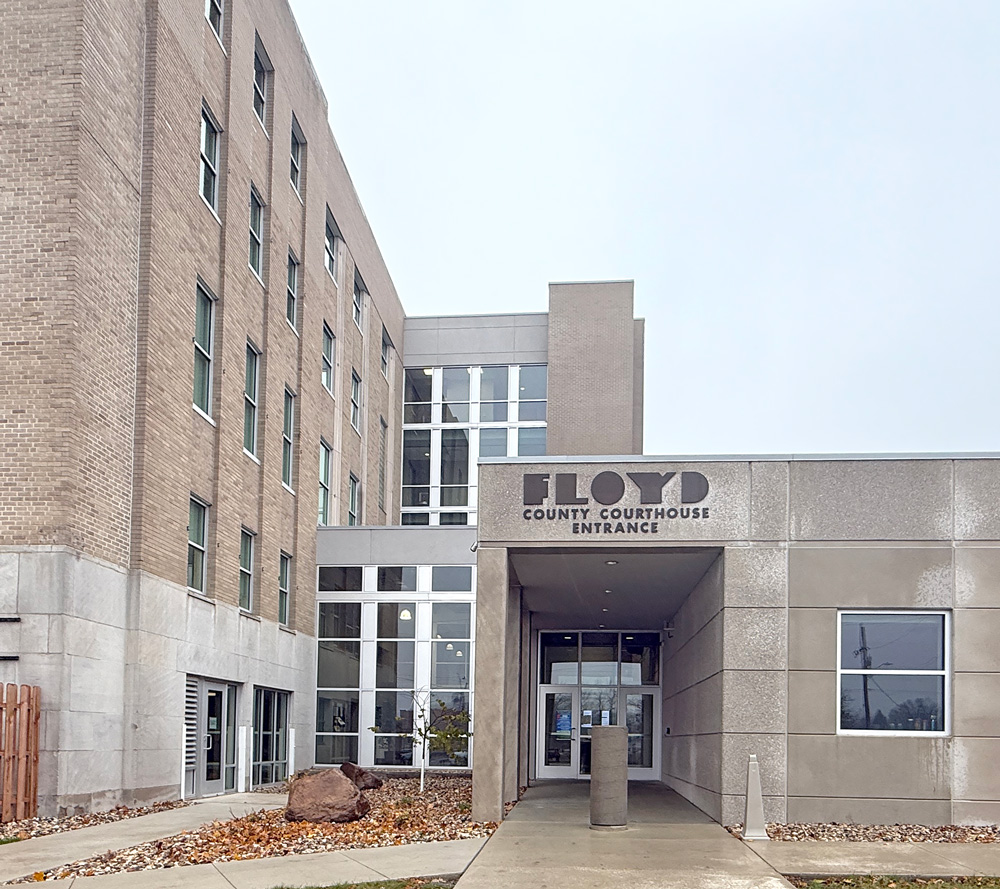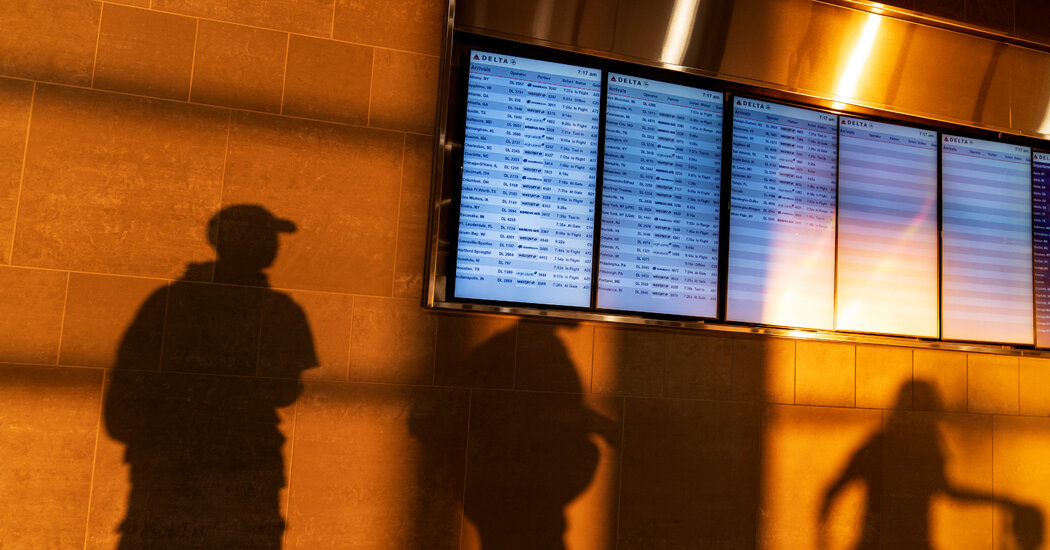Iran Attack: Uncertainties Linger Over Damage and Objectives

WASHINGTON, D.C. – A week has passed since President Donald Trump authorized a U.S. military strike on three Iranian nuclear sites, yet conflicting reports continue to emerge about the extent of the damage inflicted on Iran’s nuclear capabilities. The attack, intended to curb Iran’s nuclear ambitions, has sparked a debate over its effectiveness and intentions.
Immediate Impact of the Strike
On June 21, President Trump ordered the attack targeting three key sites: a uranium enrichment facility in Fordo, another in Natanz, and the Isfahan Nuclear Technology Center. The objective was to disrupt Iran’s nuclear program following allegations of non-compliance with international regulations.
Defense Secretary Pete Hegseth initially declared the mission a success, stating that the sites were “obliterated.” However, preliminary assessments from the Pentagon’s intelligence division suggest a more nuanced outcome, raising questions about the actual damage sustained by Iran’s nuclear infrastructure.
Key Details Emerge
While Hegseth and Trump maintained that the strikes achieved their goals, Joint Chiefs Chairman Gen. Dan Caine cautioned that a full assessment of the damage would take more time. This discrepancy has fueled ongoing speculation and debate within the administration and among international observers.
“All of our precision munitions struck where we wanted them to strike and had the desired effect,” said Hegseth, emphasizing the destruction of key capabilities.
Pentagon Report Sparks Controversy
Reports surfaced from the Defense Intelligence Agency (DIA) indicating that the attack may have only set back Iran’s nuclear program by a few months. This revelation prompted Secretary of State Marco Rubio to condemn the leaks, while acknowledging substantial damage to Iran’s nuclear components.
“Very significant, substantial damage was done,” Rubio stated, though he admitted that assessing the full impact on the Fordo facility remains challenging.
Rubio elaborated on the attack’s strategy, revealing that bunker-buster bombs targeted ventilation shafts at Fordo. Despite these efforts, questions linger about the extent of the damage and whether enriched uranium was moved prior to the strikes.
Conflicting Accounts on Uranium Movement
Director of National Intelligence Tulsi Gabbard claimed the facilities were destroyed, yet U.N. nuclear oversight chief Rafael Grossi suggested some uranium may have been relocated before the attacks. President Trump disputed this, asserting that the sites were buried under rubble and inaccessible.
“It would have taken two weeks, maybe. But it’s very hard to remove that kind of material,” Trump remarked, dismissing the notion of pre-attack uranium relocation.
According to sources familiar with the DIA’s classified report, the bombing sealed off entrances to two of the targeted sites, with most damage occurring above ground. The fate of Iran’s enriched uranium remains uncertain, fueling further debate.
Facility Destruction Downplayed
At a subsequent news conference, Hegseth shifted focus, suggesting the attack’s success lay in halting hostilities between Iran and Israel. This narrative shift highlights the complex geopolitical dynamics at play.
“We got that peace, that ceasefire, that option because of strength,” Hegseth stated, emphasizing the strategic impact of U.S. military power.
President Trump echoed this sentiment, claiming the strikes effectively ended the conflict. However, Iranian Foreign Minister Abbas Araghchi refuted claims of facility destruction, asserting that Iran retains leverage in ongoing negotiations.
What Comes Next
On Capitol Hill, lawmakers received a classified briefing on the strikes. Republican representatives acknowledged that destroying Iran’s enriched uranium was not the mission’s primary objective. Instead, the focus was on eliminating specific aspects of Iran’s nuclear program.
“The purpose of the mission was to eliminate certain aspects of their nuclear program,” said Rep. Greg Murphy, R-N.C., emphasizing the strategic goals of the operation.
As the international community continues to assess the situation, the long-term implications of the attack remain uncertain. The evolving narrative underscores the complexities of geopolitical strategy and the challenges of verifying on-ground realities in conflict zones.
Moving forward, the focus will likely shift to diplomatic efforts and negotiations, as stakeholders seek to address the broader implications of the strike and its impact on regional stability.





